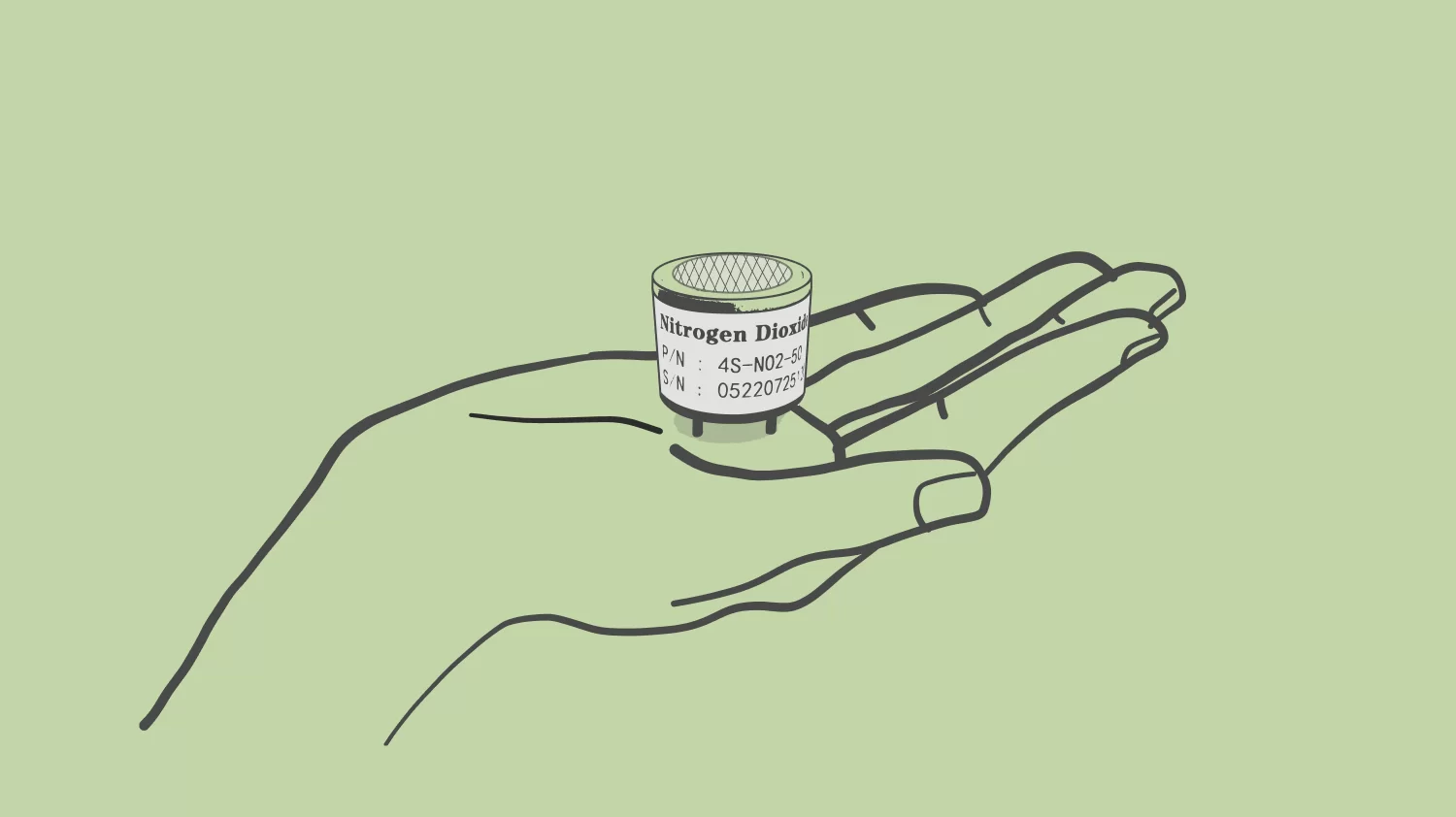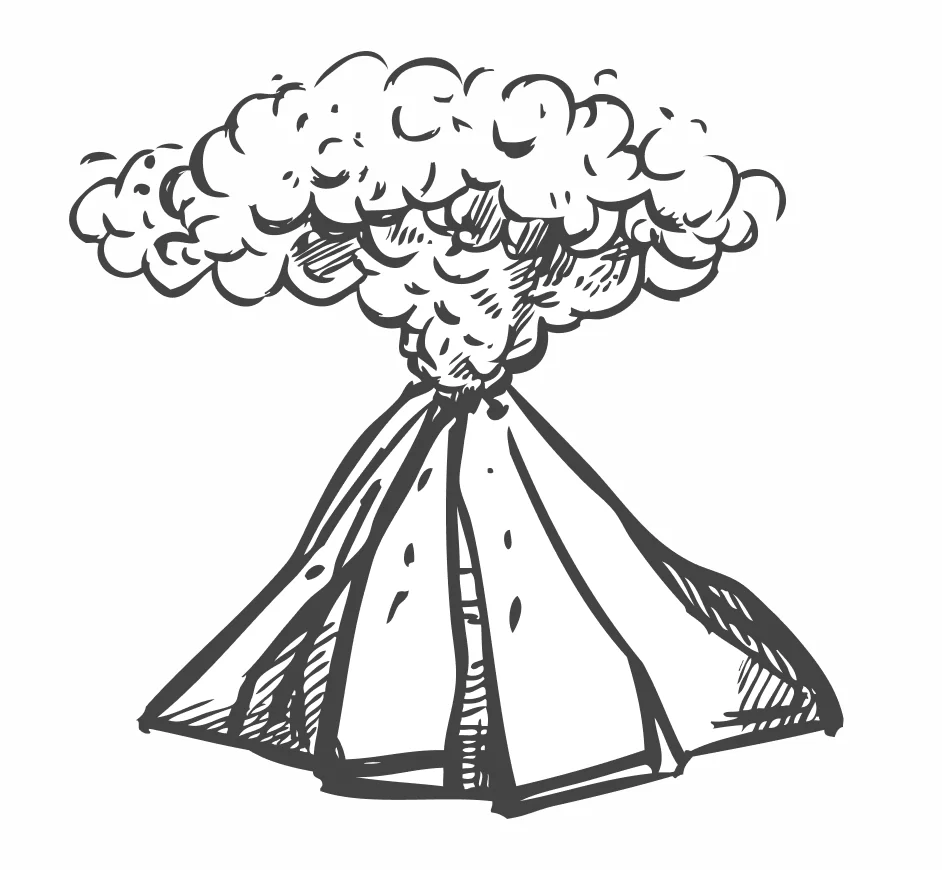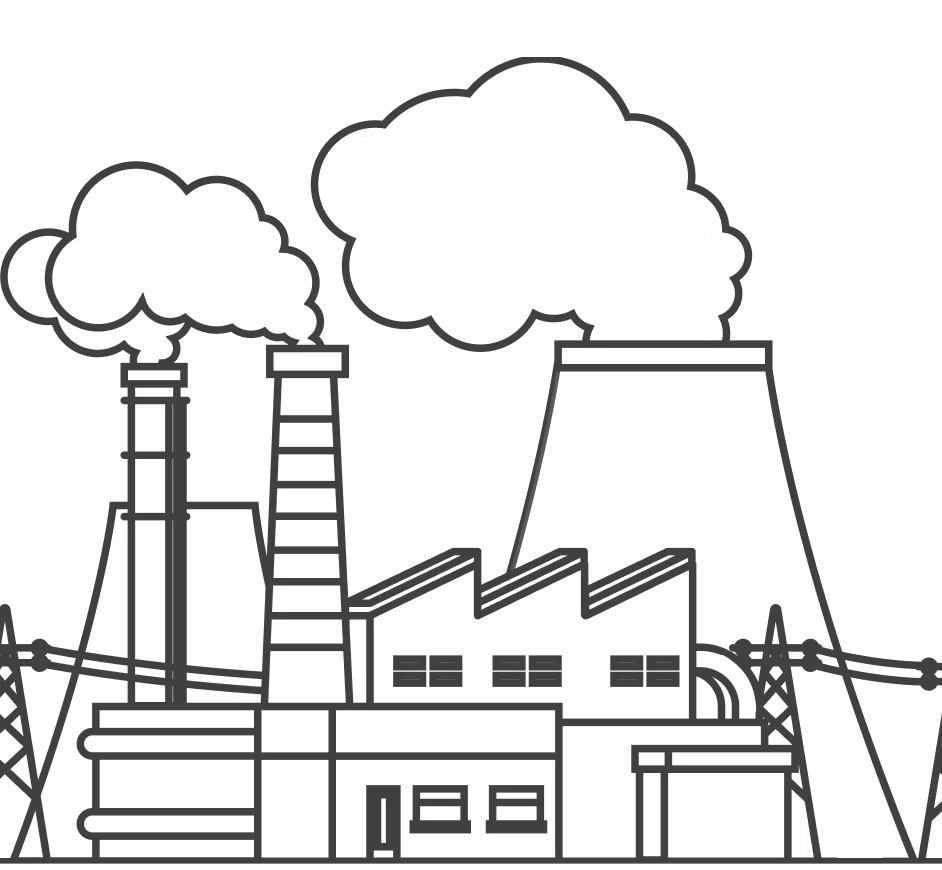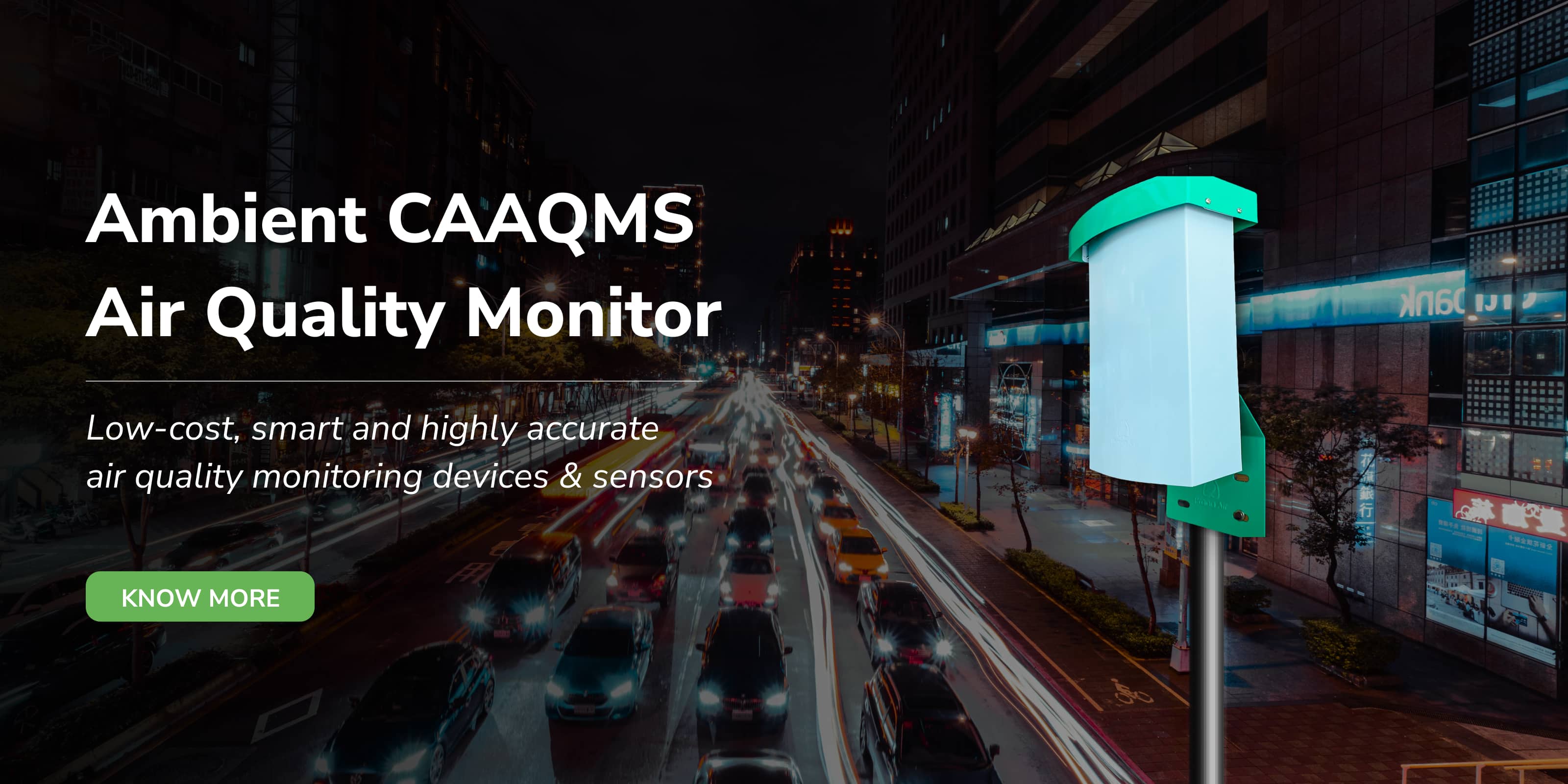What is Nitrogen Dioxide NO₂?
Nitrogen Dioxide (NO₂), accounts for more than 70% of the air present in the environment. And it is the most abundant gas present. For instance, Traffic on the road and the burning of fossil fuels result in poisonous NO₂ air pollution. Hence, it is harmful to humans, plants, and animals.
Sources Of Nitrogen Dioxide (NO2) Gas
NO₂ is present in the environment in a very small quantity. But due to our excessive use of resources and other activities, nitrogen dioxide level is increasing to a troublesome level. There are both natural and men-made causes of the formation of the no2 gas.
Natural causes include:
Volcano eruption or active volcanic sites.
Biological decay of waste for fertilizer
Lightning strikes- facilitates the formation of the NO₂ gas.
Oceans
Manmade means of production of Nitrogen Dioxide (NO2) gas are:
Car, truck, boots, and airplane emissions
Power plants
Ammonia-emitting fertilizers
Diesel-powered heavy machines
Kerosene and gas stoves
The main source of nitrogen dioxide produced by human activity is the combustion of fossil fuels. Such as the fuel used in automobiles, the creation of nitric acid, welding, explosives, refinement of petrol and metals, and commercial and food processing.
Health & Environmental Impacts of NO₂ Gas
NO₂ is part of the NOx group of highly reactive gases. Whereas NO₂ is a brownish acidic gas with and pungent odor. It reacts with O2 to form nitric acid responsible for corrosion. And it also plays role in the formation of other pollutants like smog, PM, and acid rain. It is a flame accelerator but itself not combustible.
Health Impacts Due to Nitrogen Dioxide (NO2)
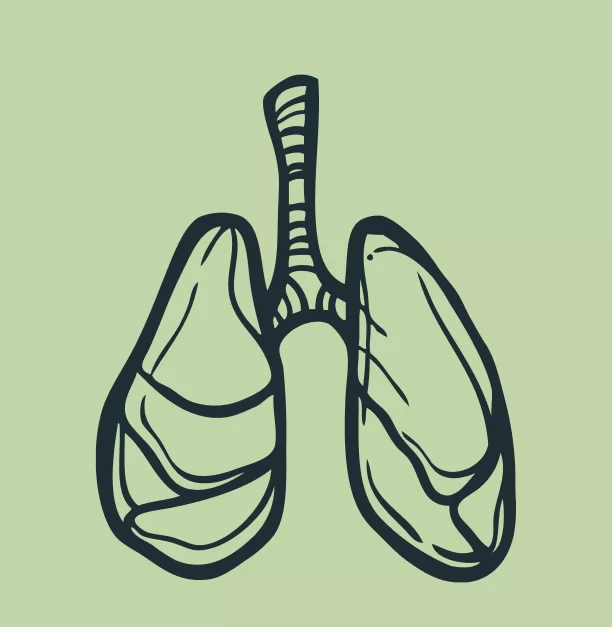
Altered lungs function

Breathing problem
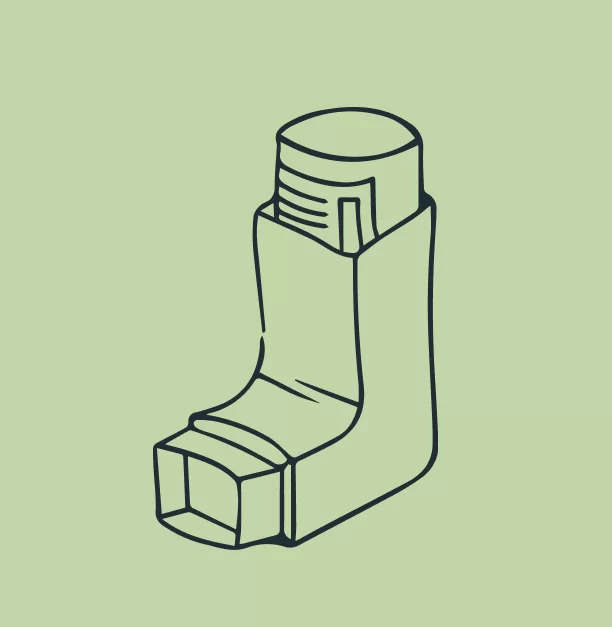
Asthma
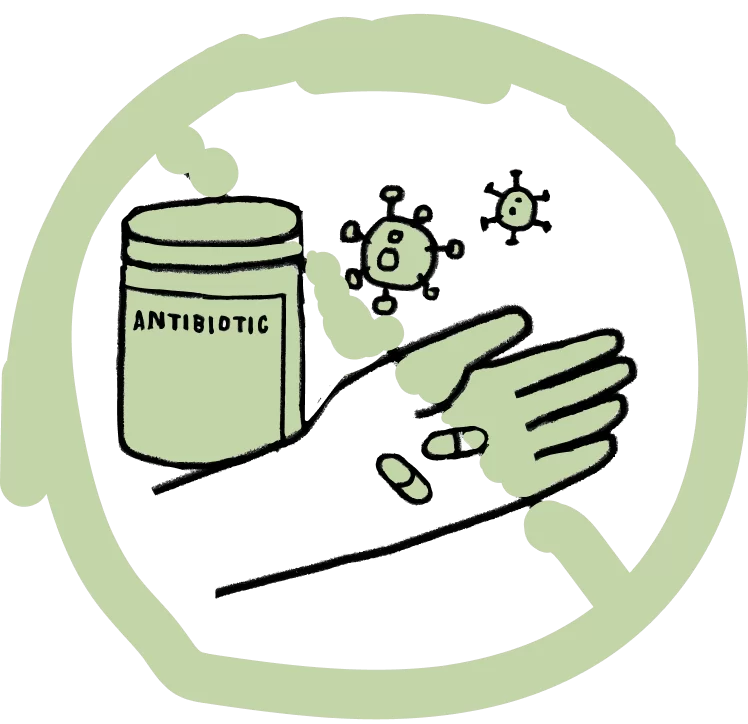
Reduced immunity
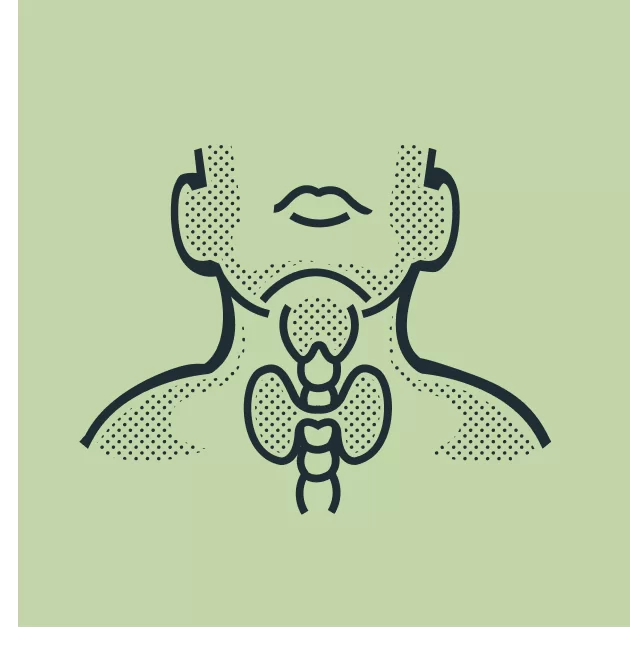
Irritation in airways

Coughing, breathing difficulty, wheezing
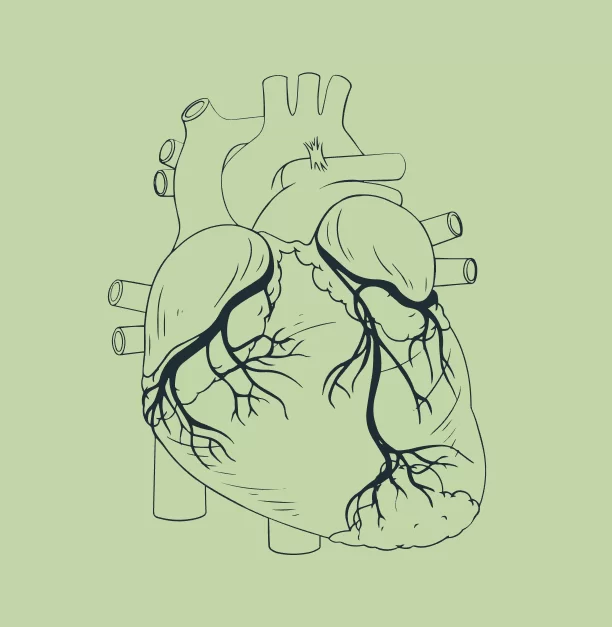
Heart failure
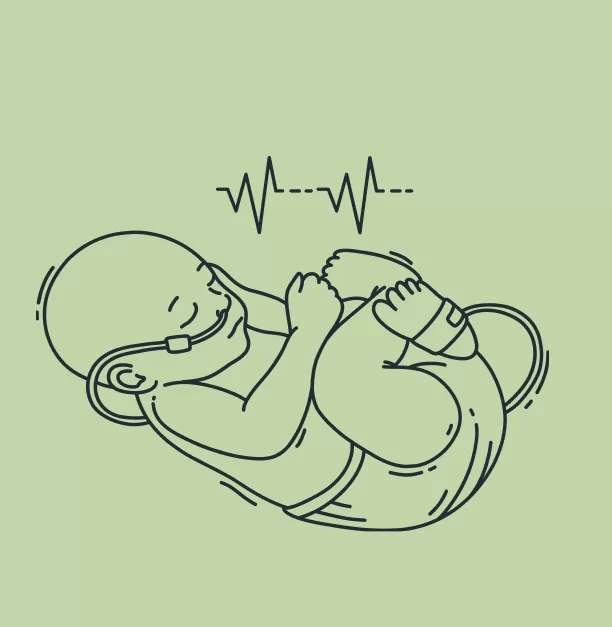
Reduced birth weight, high risk of premature death
Environmental effects are severe due to excessive concentration of this gas:

Hazy air (smog)
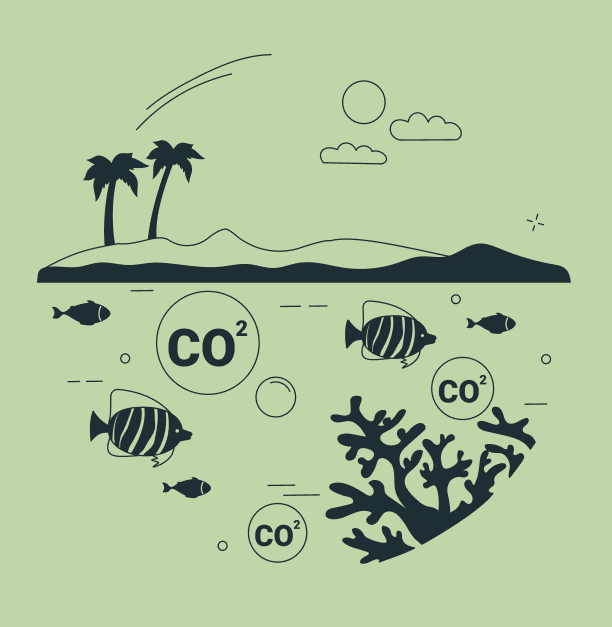
Polluting water

Generates ground level O3
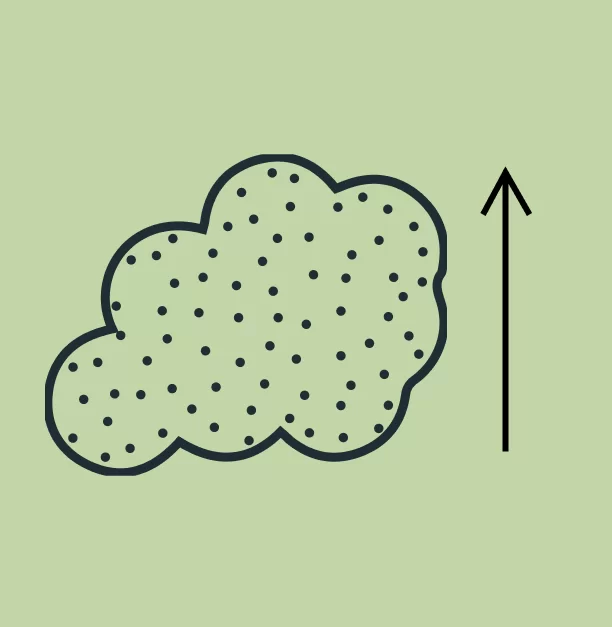
Increases PM levels

Acid rain- forming an acidic compound with moisture present in the air

Affects the vegetation, growth of plants
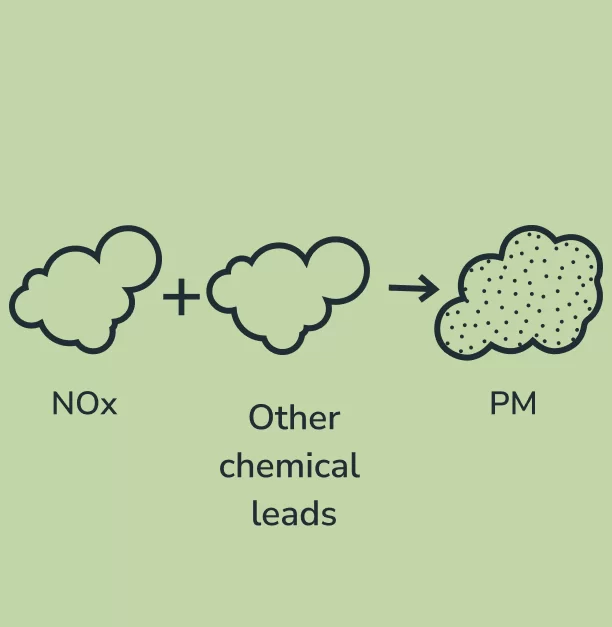
NOx + other chemicals leads to formation of PM.
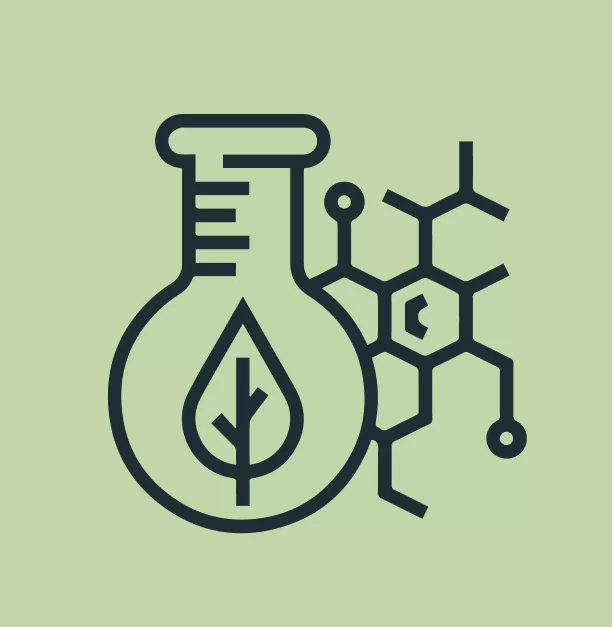
Acts as a stressor to plants and results in chlorophyll content reduction.
Corrective Measures To Reduce Nitrogen Dioxide (NO2) Gas
The primary preventive measure is to monitor the concentration of NO₂ which our Prana air sensor and Air quality monitors are quite useful. Other than that there are some corrective measures that could help us keep safe from the respiratory repercussion of this gas:
Vehicles with low emission rates can help us with the reduced production of NO₂
Alternate fuels including hydrogen cells and electric-powered cars can be useful in bringing down the overall footprint of NO₂ production.
Avoid traffic congestion. Improving engines to be more efficient
Using public transport
Use of a closed environment for the production of fertilizer and processing of the gases produced in it.
Nitrogen Dioxide (NO₂) and the harm it causes
NO₂ Levels and their health effects
0-40 (mg/m³)
41-80(mg/m³)
81-180(mg/m³)
181-280(mg/m³)
281-400(mg/m³)
400+(mg/m³)
Air quality sensor to measure NO₂
